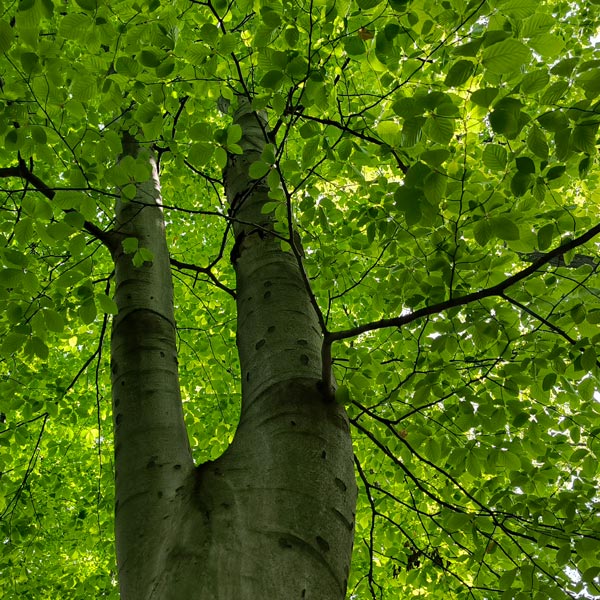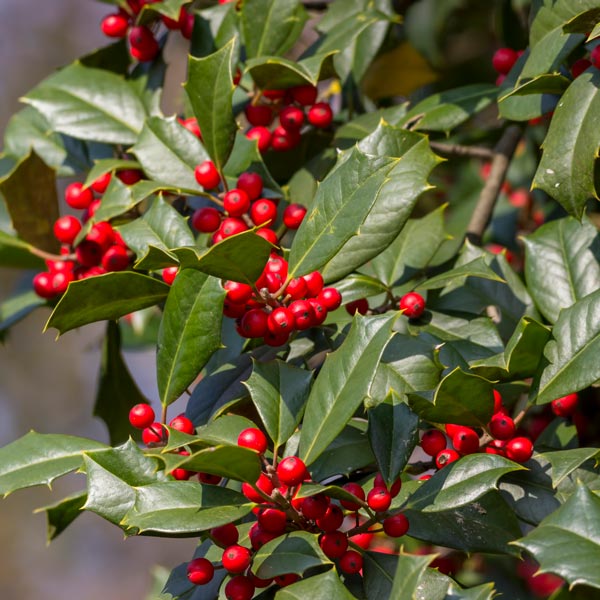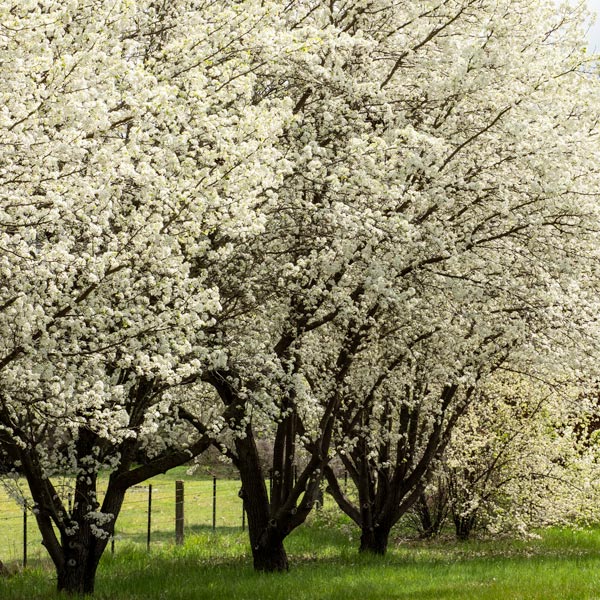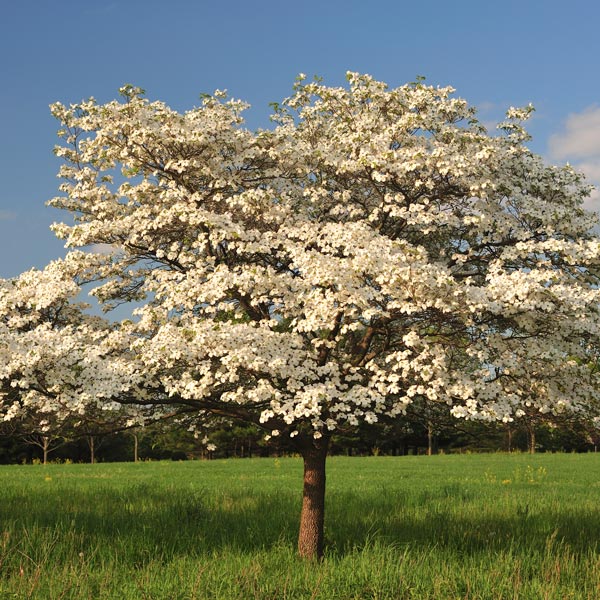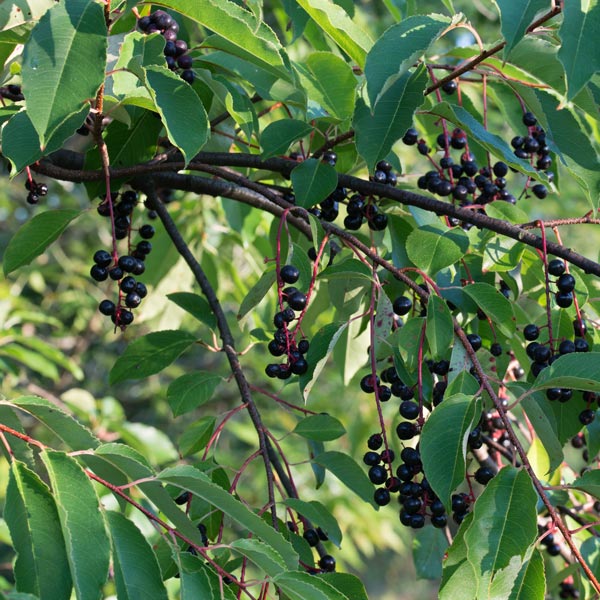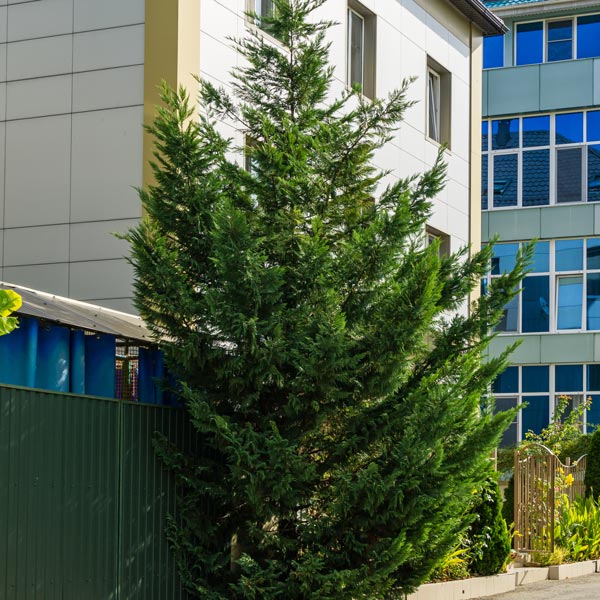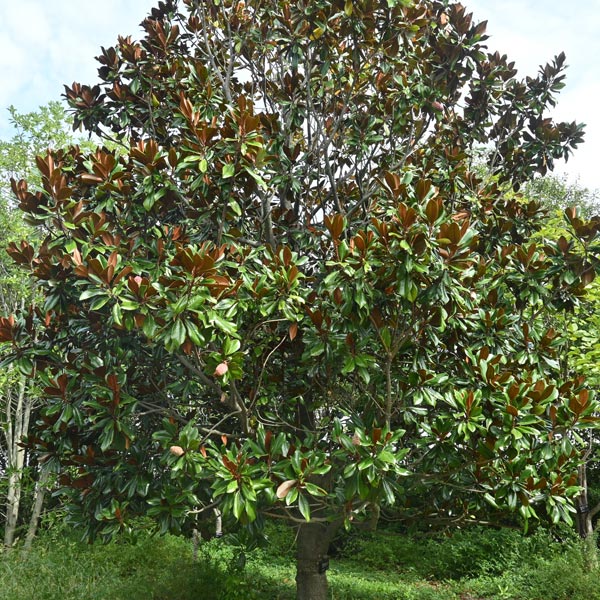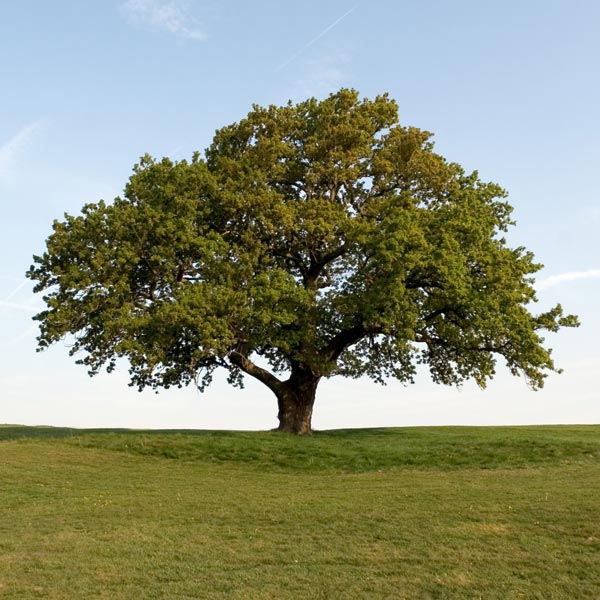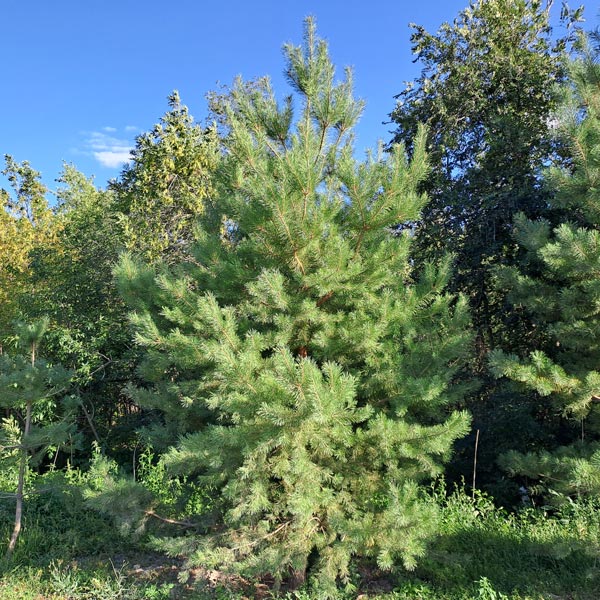Black Canker & Other Willow Tree Problems in Forest Park, GA; Pruning of Dead Branches & More
Willow trees are known to be majestic and graceful. They are often found growing near bodies of water because they prefer moist soil. They can do well in drier areas if they are watered regularly. These trees are sizable and need a lot of room to grow. They have a massive root system and a sweeping round crown with leaves that are narrow and green. They grow best in full sun and will bloom yellow flowers in the spring. Willow trees grow fast and can quickly add shade to landscaping.
Willow Tree Pruning Care
If you want to have a tree that is low maintenance, then a willow tree is a good option. They do however require pruning to keep them healthy and to maintain the desired shape. Pruning is important in developing a strong central leader and to help promote healthy growth. It will also balance the wood of these soft wood trees. Willow trees will produce dropping fronds that can touch the ground. These can be pruned to create a clearing under the tree. Pruning will also remove broken and dead branches along with suckers that can grow from the soil floor to the trunk and stress the tree. It’s also important to apply willow tree fertilizer.
Willow Tree Problems That Cause Yellow Leaves & Other Damage
Willow trees can suffer from diseases, pest and other problems such as:
Willow Scab. This is a fungus that can attack and kill immature willow tree leaves and branches in very little time. Signs will include olive green spore masses with veins on the underside of the leaves.
Black Canker. When willow trees suffer with willow scab they will often be infected with black canker as well. Signs of black canker include dark brown spots on the leaves. The stems and twigs may also have black bordered gray-white lesions on them. Both willow scab and black canker can cause willow trees to defoliate, dieback and die completely.
Crown Gall. Crown gall is a bacterium that causes galls to form on the roots and stems. This can cause stunting, discoloration and dieback. It can also make the tree more suspectable to secondary tree diseases.
Bagworm. This is a type of moth whose caterpillars will feed on the willow trees leaves and twigs. These caterpillars will feed voraciously and cause defoliation. You will also notice 2-inch long bags of tough silk that will hang from the tree’s branches. A bagworm infestation can make a willow tree more vulnerable to secondary pests.
Willow Leaf Beetle. Adult and larvae of willow leaf beetles will feed on the leaves of a willow tree to the point of skeletonization. Signs include defoliation, brown crumbling leaves and oval beetles that are metallic and greenish-blue in color. These beetles are 1/5 inches long and will feed in clusters from late May and throughout the growing season.
Tree Trimming, Pruning Care & More in McDonough, Jackson, Jonesboro, Fayetteville, Hampton, Sunny Side GA | Fayette, Clayton & Henry Counties, Georgia
Do you suspect your willow tree is suffering from disease or pests? Do you have questions about maintaining your willow tree? Milam’s Tree Service a can answer any questions and keep your willow trees healthy, beautiful and safe by pruning infected and dead branches. Contact us today on tree pruning and other tree care services.

